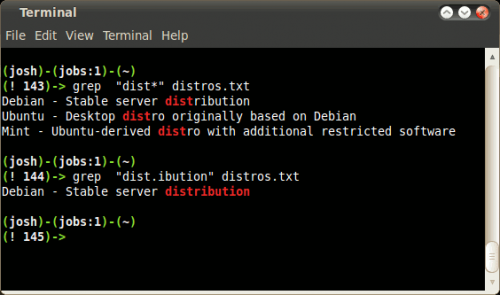

Each process will have the unique number which is called as PID. The POSIX and UNIX standards require that ps -aux print all processes. This command is used to find the PID (Process ID, Unique number of the process) of the process. O’Reilly members experience books, live events, courses curated by job role, and more from O’Reilly and nearly 200 top publishers. PS(1) User Commands PS(1) NAME ps - report a snapshot of the current processes. Get Linux Pocket Guide now with the O’Reilly learning platform. Let’s see the basic working of the ps -ef command by executing the script: ps -ef The output shows a list of processes. Remember, you can extract information more finely from the output of ps using grep or other filter programs. To see every process on the system using standard syntax: ps -e ps -ef ps -eF ps -ely To see every process on the system using BSD syntax: ps ax ps axu To print a process tree: ps -ejH ps axjf To get info about threads: ps -eLf ps axms To get security info: ps -eo euser,ruser,suser,fuser,f,comm,label ps axZ ps -eM To see every process running. The ps -ef command displays a list of processes, with each process occupying one line.
PS EF COMMAND IN UNIX FULL
Particular processes 1, 2, and 3505: $ ps -p1,2,3505Īll processes with command lines truncated to screen width: $ ps -efĪll processes with full command lines: $ ps -efwwĪnd all processes in a threaded view, which indents child processes below their parents: $ ps -efH

If the options seem arbitrary or inconsistent, it’s because the supplied ps command (GNU ps) incorporates the features of several other Unix ps commands, attempting to be compatible with all of them.Īll of user smith’s processes: $ ps -U smithĪll occurrences of a program: $ ps -C program_name Ps has at least 80 options we’ll cover just a few useful combinations. Ans: The ps command displays the current process status of the system. In Linux, the ps -ef grep processname command is utilized to list specific running processes with their details that match a given name or pattern. The ps command displays information about your running processes, and optionally the processes of other users. Ans: Bash is a Unix shell and command processor written by Brian Fox for the GNU.


 0 kommentar(er)
0 kommentar(er)
